Mastering Scrum Events in Project Management
Mastering Scrum events is crucial to advanced project management. From Sprint Planning's collaborative effort in defining Sprint Goals to the strategic Daily Scrum fostering proactive communication, each step contributes to project excellence. Pivotal ceremonies like the Sprint Review and Sprint Retrospective transcend routine, becoming engines for continuous improvement. Understanding these events is not merely about methodology but a strategic imperative for adaptability, efficiency, and continuous excellence in the evolving landscape of project dynamics.
Now, let's delve deeper into mastering these Scrum events: Sprint Planning, Backlog Refinement (Grooming), Daily Scrum (Stand-up), Sprint Review, and the Sprint Retrospective.
Embarking on a new Sprint involves a strategic planning session known as Sprint Planning. This time-boxed event, typically lasting four hours for a two-week Sprint, is a collaborative effort involving the entire Scrum Team. The focus is on establishing the direction for the upcoming Sprint, ensuring a shared understanding of priorities between the Product Owner and the Development Team. The meticulous creation of a detailed plan, breaking down backlog items into tasks, and assigning these tasks to team members based on skill and capacity are integral to achieving the Sprint Goal. Each step in this structured Sprint Planning process is deliberate, contributing to a well-coordinated and effective Sprint ahead.
Highlighting the significance of Backlog Refinement, also known as Backlog Grooming, is imperative in understanding its pivotal role within the Scrum Framework. Unlike ceremonies with fixed time frames, such as Sprint Planning, Backlog Grooming is an ongoing and dynamic process that requires constant attention throughout the project lifecycle. This continuous refinement serves as the linchpin for project efficiency and team productivity. Regular refinement grooming sessions foster a shared understanding among team members, clarifying user stories and refining acceptance criteria. Furthermore, a well-maintained backlog is a key enabler for effective Sprint Planning, minimizing misunderstandings and uncertainties while enhancing the team's ability to respond swiftly to evolving project dynamics.
Exploring the intricacies of the Daily Scrum, often referred to as the Daily Stand-up, unveils a vital aspect of the Scrum Framework. This short, time-boxed meeting, conducted every day during the Sprint, is a critical forum for quick updates, coordination, and planning for the next 24 hours. The roles of Scrum Master, Product Owner, and the Development Team in this daily ritual are well-defined. The Scrum Master takes the lead, facilitating the Daily Stand-up, ensuring focus, time-box adherence, and addressing impediments. The Product Owner assumes the role of an observer, providing clarification when needed and gaining insights into team progress. Meanwhile, the Development Team actively engages in discussions, sharing progress, plans, and collaboration with fellow team members.
Guiding the team towards effective stand-ups, the emphasis is on addressing three standard questions:
What did I do yesterday?
What am I going to do today?
Are there any impediments (roadblocks)?
Maintaining conciseness and relevance in individual updates is crucial to staying within the time-box. Proactive discussions are encouraged by highlighting the stand-up as a planning meeting rather than a mere status report. Addressing common challenges such as off-topic discussions and problem-solving during the meeting, the focus is on fostering collaboration and communication, promoting active listening, and maintaining an open dialogue. The Daily Scrum emerges not just as a check-in but as a strategic planning meeting fostering a culture of proactive communication and continuous improvement within the Scrum Team.
Diving into the Sprint Review and Sprint Retrospective reveals their paramount significance in the Scrum Framework. The Sprint Review, a critical forum for the Scrum Team, transcends routine presentations– it’s a deliberate showcase of completed work to stakeholders, fostering transparency and inviting invaluable feedback. Beyond mere display, it serves as a platform for collaboration with stakeholders, facilitating their input and informed decisions about the product. Crucially, it ensures alignment between the product increment and overarching product goals, meeting stakeholder expectations with precision. On the other hand, the Sprint Retrospective provides a dedicated space for reflection and learning. It becomes the crucible for the Scrum Team to analyze success, challenges, and areas for improvement. This introspective journey fuels a culture of continuous learning and adaptation, empowering the team to take ownership of their processes. The contribution of these ceremonies to continuous improvement within the Scrum framework is profound. In the iterative development landscape, the Sprint Review becomes a collaborative force, driving incremental improvements with each iteration. Involving stakeholders ensures customer satisfaction, contributing significantly to the overall project success. Meanwhile, the Sprint Retrospective propels adaptive practices, enabling the team to refine their approaches to meet evolving requirements and challenges. Beyond methodology, the Retrospective becomes a catalyst for motivation, fostering a positive work environment and boosting team morale. The focus on improvement areas, driven by these ceremonies, ultimately culminates in enhanced productivity and efficiency, laying the groundwork for positive outcomes in future Sprints. In essence, these ceremonies are not just checkpoints; they are engines propelling the Scrum team toward continuous improvement and excellence.
Mastering Scrum events stands as fundamental pillars in project management. From planning Sprints to conducting Daily Stand-ups, each element contributes to project excellence. The Sprint Review and Sprint Retrospective serve as key events, propelling the team toward continuous improvement and leading to project satisfaction and completion!
